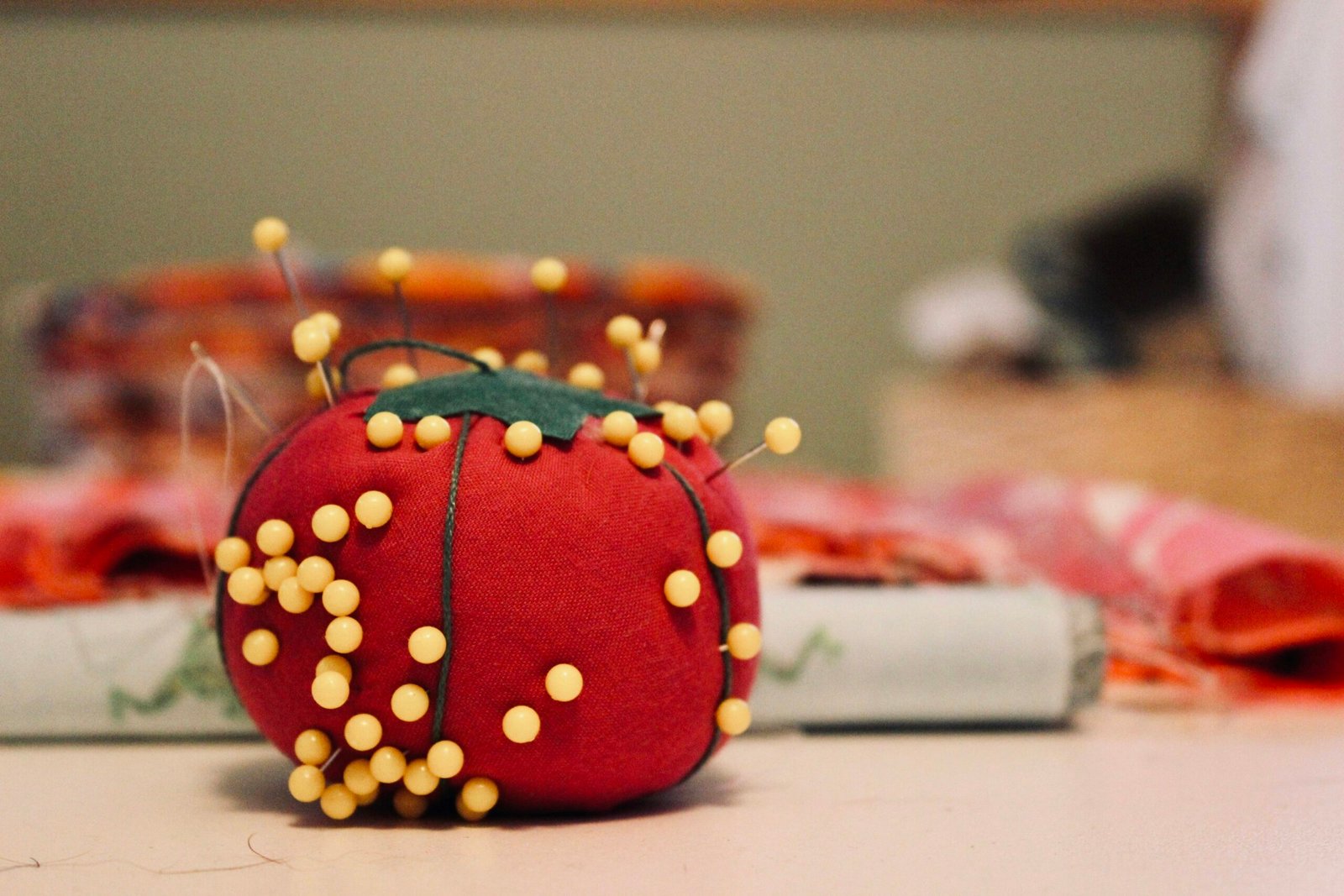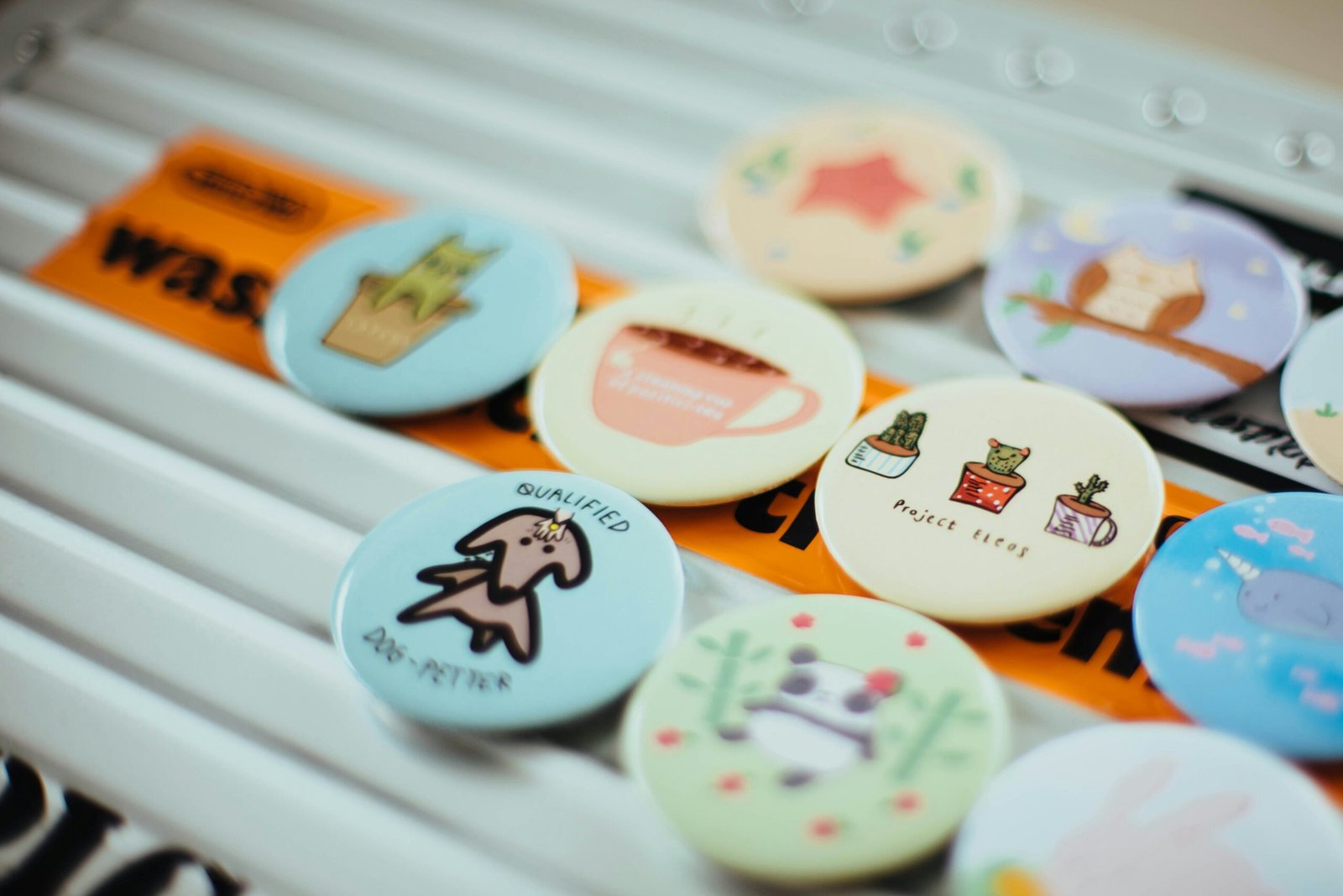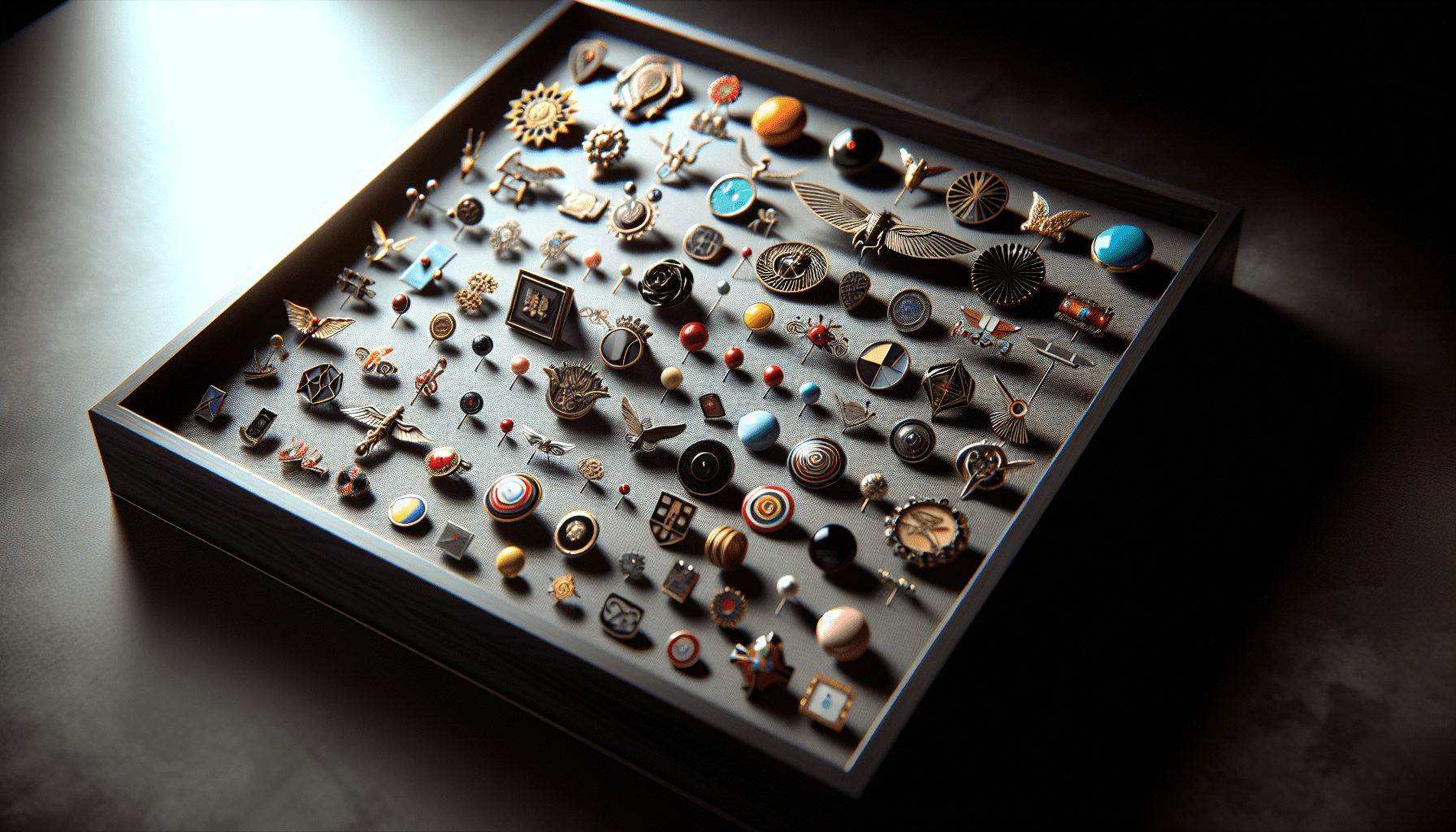Have you ever wondered how to transform your pin collection from a chaotic mass into an organized marvel of creativity and craftsmanship? Collecting pins is not merely a pastime; it’s a passion that ties together stories, memories, and the beauty of art in miniature form. For those who take part in this intricate hobby, the methods used to store and display their collections can make a significant difference in preserving the essence and value of their collections.
In this exploration of “Professional Methods for an Effective Pin Collection Organization System,” we will delve into the meticulous process of organizing a pin collection. This will include everything from historical insights into the evolution of pin collecting to specific techniques that ensure your pins are not only preserved but also showcased to their finest potential.

Table of Contents
Historical Context of Pin Collecting
A Brief History
The origins of pin collecting trace back to ancient civilizations where pins were used not just for functionality but as symbols of status and artistry. Over the centuries, pins evolved from everyday objects into collectible items, representing everything from political allegiance to favorite cartoon characters.
In the modern era, the variety of pins has expanded exponentially, transformed by advances in materials and designs. While the early 20th century saw pins being used as promotional tools and symbols of unity, today’s pins can represent everything from pop culture icons to elaborate works of art.
The Transition to Collectibles
Initially functional items, pins have taken on a new role as collectibles in the past few decades. They are no longer just adornments but treasured keepsakes. The transition from function to form has made organizing systems even more crucial for preserving both their aesthetics and their historical significance.
Key Concepts in Pin Organization
Importance of Preservation
Preservation is not just about preventing physical damage but maintaining the vibrancy and significance of each pin. Proper storage methods ensure longevity, protecting against tarnish, scratches, and environmental damage.
Display Versus Storage
Balancing display with storage is crucial in pin organization. Displaying pins allows one to appreciate their beauty while sharing their story with others. However, storage must prioritize protection, especially for rare or valuable pieces.

Professional Methods for Organizing Pin Collections
1. Analyzing Collection Size and Space
Begin with assessing the size of your pin collection and the available space for storage and display. Consider both the current state of the collection and future growth. Space constraints play a major role in deciding whether to utilize compact storage solutions or expansive display cases.
2. Selecting Storage and Display Solutions
Display Cases
Glass or acrylic display cases with UV protection offer a professional and stylish way to showcase a collection while keeping it safe from dust and direct light. Consider cases with adjustable shelves to accommodate pins of varying sizes.
Albums and Books
For collectors who prefer to keep their pins in pristine condition, pin albums and books serve as ideal storage options. These are especially useful for collections that include pins with delicate materials or finishes that could be damaged by exposure to light or air.
Pin Boards
Pin boards provide a flexible and creative way to organize a collection. They can be arranged by theme, chronology, or personal sentiment. Opt for a cork or felt backdrop to easily reposition pins without causing any damage to their backs.
3. Prevention of Tarnish and Damage
Protective Materials
To prevent tarnishing or scratching, use materials like anti-tarnish cloths or microfibers for wrapping. Pin backs should be cushioned using foam pads to prevent them from bending or breaking.
Climate Considerations
Keep your collection away from extreme temperatures and humidity, as these can cause irreparable damage. Use a dehumidifier or silica gel packs to absorb excess moisture in storage areas.
4. Cataloging and Documentation
Digital Catalogs
Create a digital catalog to document each pin’s details, such as its origin, acquisition date, and any unique stories behind it. This can be done using spreadsheet software or specialized apps.
Physical Documentation
Include a physical log or journal with your collection. Note important details and organize them by categories such as themes, types, or acquisition locations.
Visual Aids for Enhanced Comprehension
Infographics
Utilizing infographics that depict organization methods can serve as a quick reference for both new and experienced collectors. Visual diagrams of display case arrangements or cataloging systems provide clear and accessible guidance.
Video Tutorials
Video tutorials offer step-by-step instructions for organizing and maintaining a pin collection. These can be sourced from platforms like YouTube and provide visual cues for handling and preserving pins.

Case Studies and Real-World Applications
Success Stories
Several dedicated collectors have transformed their collections into exemplary displays of organization and aesthetics. For instance, consider a case where a collector with a penchant for Disney pins turned a cluttered assortment into an enchanting wall display, using shadow boxes and meticulous cataloging.
Comparative Analysis
Compare different organization systems to assess which might best suit various collection types. A compact album might benefit a smaller collection, while a robust display case would suit an expansive and diverse assortment of pins.
Conclusion
Organizing a pin collection requires dedication, methodical planning, and an appreciation for artistry and history. Whether through careful cataloging, creative display solutions, or understanding preservation principles, collectors can elevate their collections from simple assortments to professional exhibits. The intricate world of pin collecting thrives on imagination, storytelling, and the connection between object and owner, and a well-organized collection is the ultimate testament to this revered hobby.

Organizing my Stitch pin collection – Needing another board for all my Disney Stitch pins!
The Appeal and Basics of 1/6 Scale Figure Collecting for Enthusiasts

